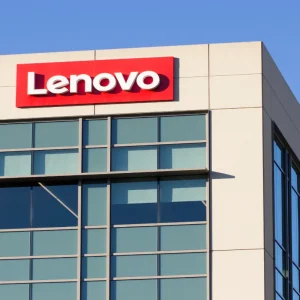
The adoption of Flash storage is continuing to gain pace in enterprise data centres across the world. The advantages in terms of power consumption, performance, scalability and ease of management are clear. But what is also emerging is how the technology changes the storage infrastructure in terms of management headaches and ongoing storage strategy.
A recent survey from HPE found Flash gaining ground and becoming the storage technology of choice particularly among enterprises already using it.
Figures from 1,000 enterprise storage users found 62 per cent running a hybrid environment including some Flash storage. 33 per cent are still exclusively using spinning disks for on-premises storage and just five per cent are Flash-only sites.
But for companies already using Flash the chances of deploying more in future is growing.
Today only 13 per cent of firms use Flash for over 50 per cent of their storage. But within 24 months this figure rises to 35 per cent – almost tripling.
The research found little difference in company size when it comes to Flash adoption – small, medium and large enterprises are all fairly equal in terms of Flash use.
Given that storage is often seen as a price-sensitive and commodity product it was surprising that price was only the third most important feature for decision makers looking at upgrading storage infrastructure.
Maybe reflecting the increasing importance of data-reliant business applications performance was the most important feature followed by resilience and uptime. Density and footprint was near the bottom, along with power consumption, as influencing decisions.
The type of workload running saw some differences to attitudes to Flash versus disk storage. Enterprises running Oracle applications on Flash or hybrid environments were 20 per cent more likely to say they ran well compared to disk only environments.
Virtual desktop systems show similar improvements, and in some cases were the trigger for storage upgrades.
File server systems and Microsoft applications showed minimal improvement.
As data protection regulations get more complex with the imminent arrival of the General Data Protection Regulation, one interesting feature of the survey was that 66 per cent of respondents said Flash systems made compliance easier.
The reasons for this are not entirely clear although Flash systems do tend to have better and easier to implement data protection systems including backup, snapshots as well as cloud backup and remote replication.
Another benefit of Flash often overlooked is its ability to reduce and compress data stored.
This takes three main forms:
Deduplication – creating a ‘fingerprint’ for each database entry in order to check that data is not already stored and reducing the number of duplicate files.
Compression – like ‘zip’ files, simply making the files smaller
Thin provisioning – to logically and dynamically allocate storage capacity in order to reduce loads on the system.
Although these techniques are also available on disk systems those using Flash or hybrid systems are far more likely to be actually using them.
The final, and quite well-known, benefit felt by those shifting to Flash systems is solid reductions in power and cooling demand in the data centre.
Flash users also hope for longer life and lower maintenance and a reduction in refresh cycles.
With the tipping point for price hitting discs too their time in the datacentre is limited: what is more interesting is how the technology will change technology strategy more broadly.






